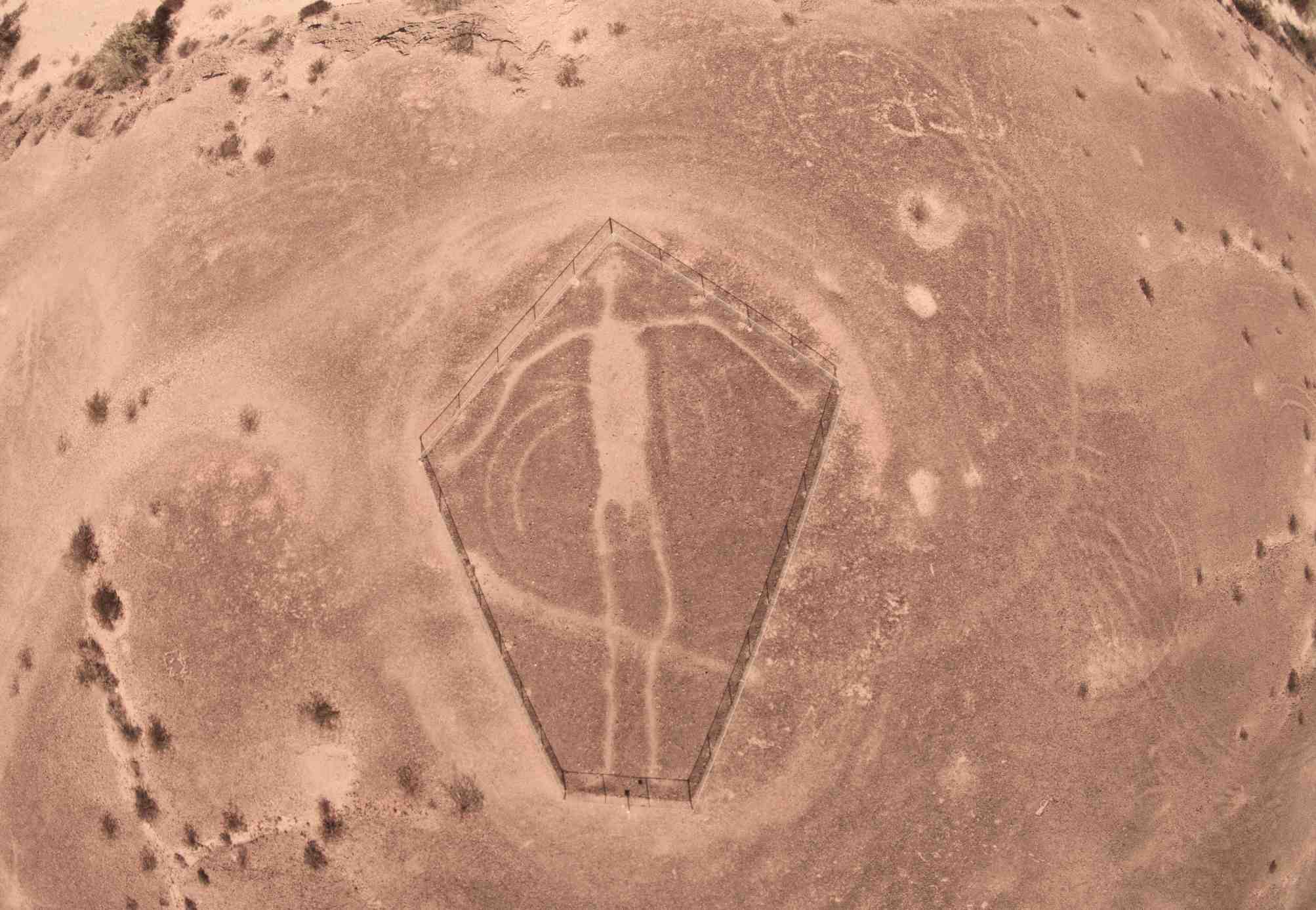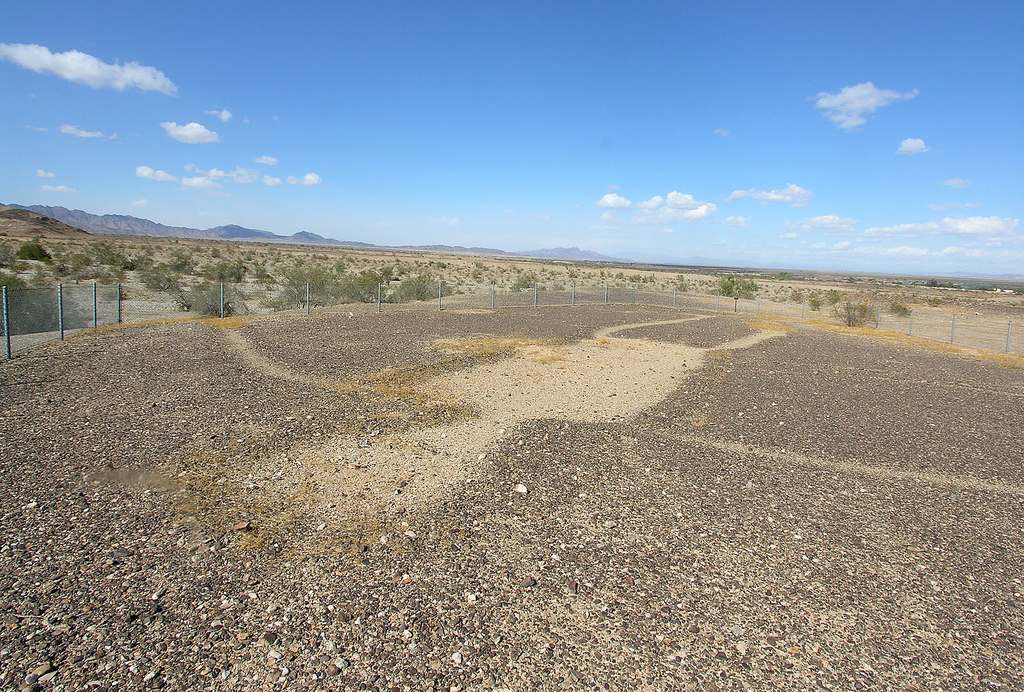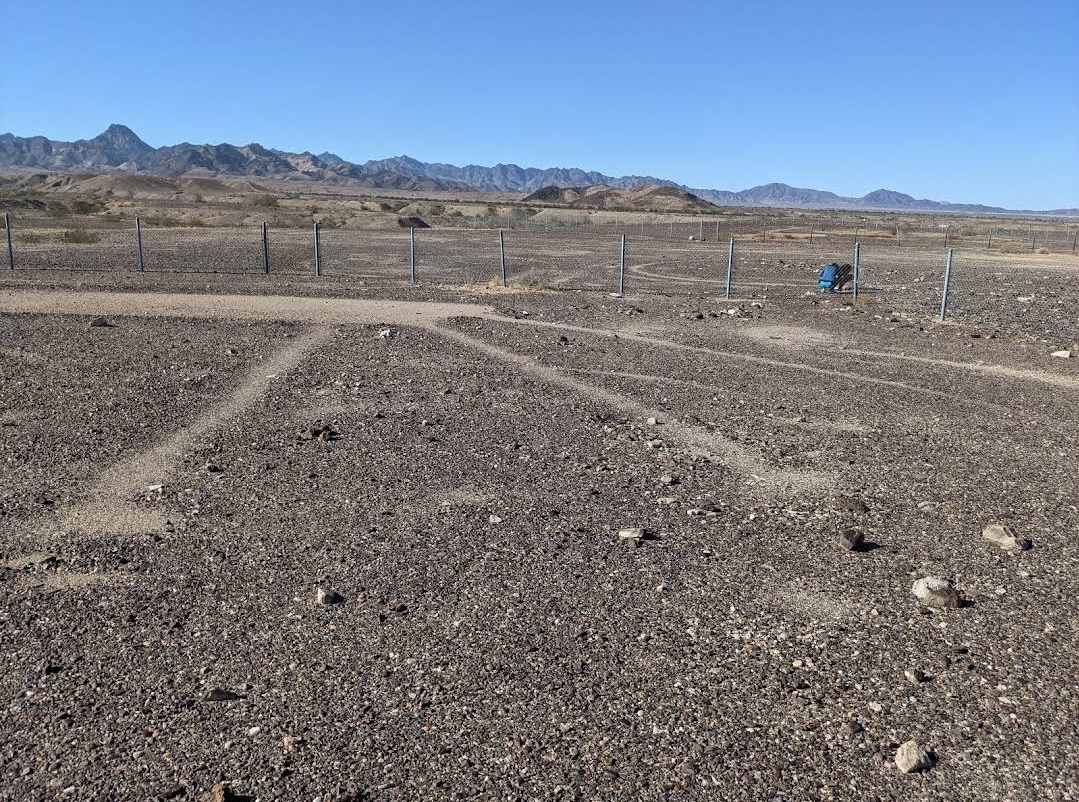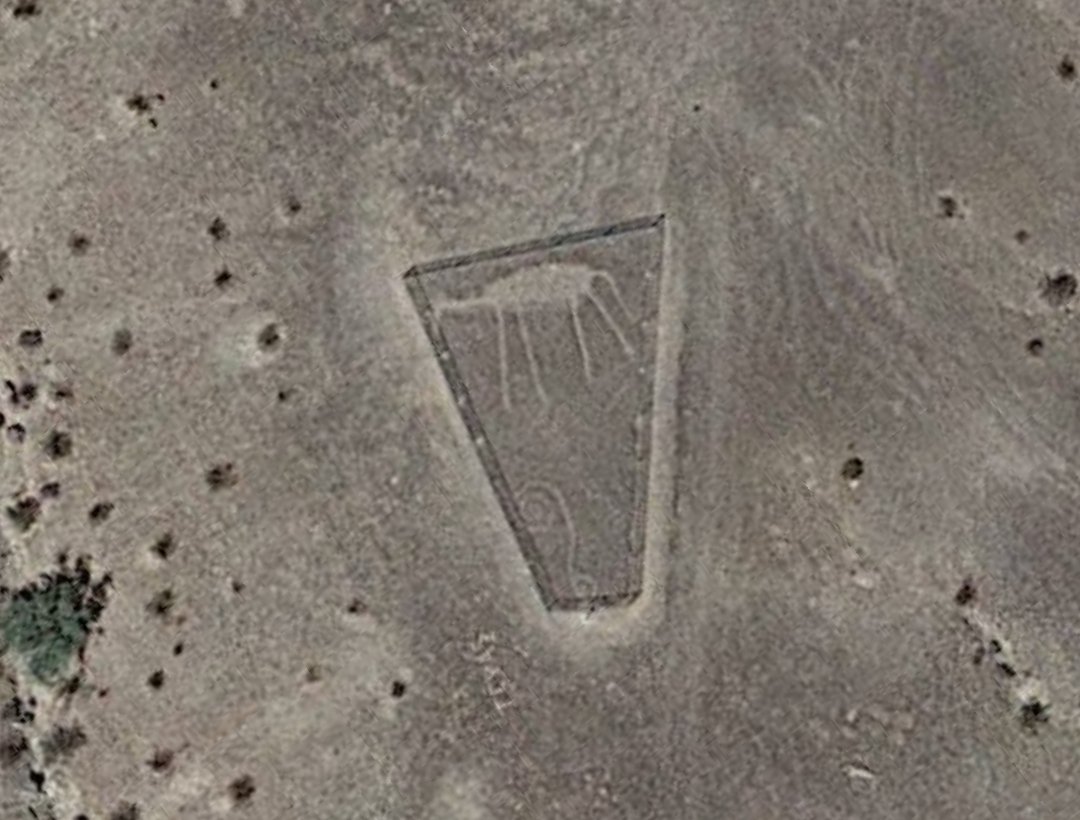The Blythe Intaglios, often known as America’s Nazca Lines, are a set of massive geoglyphs located in the Colorado Desert fifteen miles north of Blythe, California. There are approximately 600 intaglios (anthropomorphic geoglyphs) in the Southwestern United States alone, but what distinguishes the ones around Blythe is their scale and intricacy.

Six figures are located on two mesas in three distinct places, all within 1,000 feet of one another. The geoglyphs are depictions of persons, animals, objects, and geometric shapes that may be viewed from above.
On November 12, 1931, army air corps pilot George Palmer found the Blythe geoglyphs while flying from Hoover Dam to Los Angeles. His finding prompted a survey of the region, which resulted in the massive figures being designated as historical sites and dubbed “Giant Desert Figures.” Due to a lack of money as a result of the Great Depression, additional investigation of the site would have to wait until the 1950s.
The National Geographic Society and the Smithsonian Institution sent a team of archaeologists to investigate the intaglios in 1952, and a story with aerial images appeared in the September edition of National Geographic. It would take another five years to rebuild the geoglyphs and install fences to safeguard them from vandalism and harm.
It should be noted that several of the geoglyphs have evident tire damage as a result of the location being utilized for desert training by General George S. Patton during WWII. The Blythe Intaglios are now protected by two fence lines and are available to the public at all times as State Historic Monument No. 101.

The Blythe Intaglios are thought to have been created by Native Americans who lived along the Colorado River, although there is no agreement on which tribes created them or why. One theory is that they were built by the Patayan, who ruled the region from ca. 700 to 1550 AD.
While the meaning of the glyphs is uncertain, the Native Mohave and Quechan tribes of the region believe that the human figures symbolize Mastamho, the Creator of Earth and all life, while the animal forms represent Hatakulya, one of two mountain lions/people who played a role in the Creation narrative. Natives in the area conducted ritual dances to honor the Creator of Life in ancient times.
Because geoglyphs are difficult to date, it is hard to tell when they were created, although they are thought to be between 450 and 2,000 years old. Some of the huge sculptures are archaeologically linked to 2,000-year-old cliff homes, lending credibility to the latter theory. Newer study from the University of California, Berkeley, however, has dated them to approximately 900 AD.

The biggest intaglio, stretching 171 feet, shows a man figure or gigantic. A secondary figure, 102 feet tall from head to toe, depicts a guy with a prominent phallus. The final human figure is orientated north-south, its arms are spread, its feet point outward, and its knees and elbows are visible. It is 105.6 feet long from head to toe.
The Fisherman intaglio features a man holding a spear, two fish beneath him, and a sun and snake above. It is the most contentious of the glyphs since some believe it was carved in the 1930s, despite the fact that the majority of people feel it is considerably older.
The animal representations are thought to be horses or mountain lions. A rattlesnake’s eyes are caught in the shape of two pebbles in a snake intaglio. It is 150 feet long and has been destroyed by automobiles over the years.
The Blythe Glyphs, if nothing else, are an expression of Native American art form and a glimpse into the artistic ability of the time. The Blythe geoglyphs were created by scraping away black desert stones to reveal lighter colored earth beneath. They created buried patterns by stacking rocks moved out from the center along the outside corners.

Some speculate that these magnificent ground sculptures were meant to be religious messages to ancestors or drawings to gods. Indeed, these geoglyphs are inconspicuous from the ground and difficult, if not impossible, to understand. The pictures are obvious from above, which is how they were found in the first place.
Boma Johnson, a Bureau of Land Management archeologist in Yuma, Arizona, said he couldn’t “think of a single [intaglio case] where [a person] could stand on a hill and look at [an intaglio in its entirety].”
The Blyth Intaglios are now among the biggest of California’s Native American artwork, and the chance of uncovering comparable, buried geoglyphs out in the desert persists.




